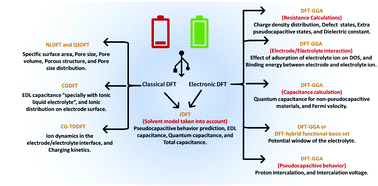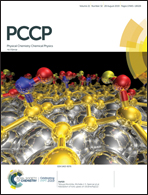A first-principles roadmap and limits to design efficient supercapacitor electrode materials
Abstract
Our life is turning into an electronic world where we need our devices charged all the time. Although batteries have been doing the job so far, we need devices that charge way faster with longer cycling stability. The answer could be supercapacitors; however, electrode materials that maintain both high energy density and high power density are yet to be discovered. Currently, researchers base their work on guess and check methods to modify electrode materials with limited organized work that targets the prediction of the properties of materials at an earlier stage. To this end, density functional theory (DFT) could be a realistic tool for early prediction of the properties of supercapacitor electrode materials. The targeted supercapacitor electrodes should exhibit multiple properties, which can be calculated using different DFT routes. Herein, a roadmap to predict the desired supercapacitive properties of materials using different levels of DFT is presented. Our target is to let researchers decide which property of the material they wish to predict or develop and choose the appropriate DFT route to do so.



 Please wait while we load your content...
Please wait while we load your content...